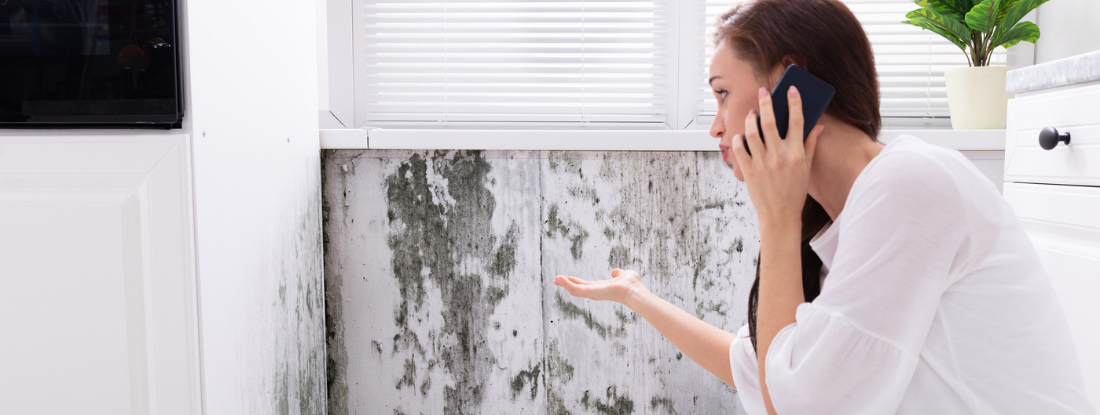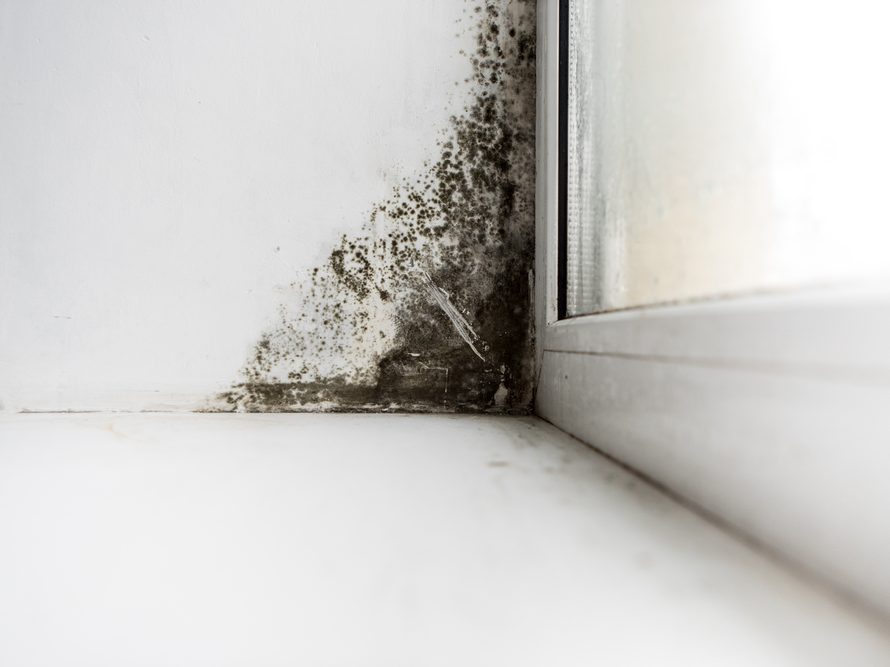Crafting a Thorough Post Mold Remediation Report
Crafting a Thorough Post Mold Remediation Report
Blog Article
Expert Tips for Message Mold And Mildew Removal Success
In the world of mold and mildew remediation, successfully removing mold and mildew is just half the fight; the real obstacle exists in stopping its reappearance. By sticking to expert suggestions and ideal techniques, people can safeguard their spaces against mold and mildew rebirth and preserve a healthy indoor environment.
Screen Humidity Degrees Routinely
After finishing mold remediation treatments, maintaining ideal moisture levels is important to prevent mold re-growth and make certain a healthy indoor setting. High moisture degrees over 60% create a favorable setting for mold to flourish, making normal keeping track of a proactive action to prevent any type of future mold and mildew issues.
Using hygrometers or wetness meters can assist in accurately measuring humidity levels in different areas of the residential property. These devices offer real-time information that makes it possible for remediation experts to make educated choices concerning air flow, dehumidification, and other needed activities to keep perfect humidity degrees post-remediation. Additionally, developing a routine schedule for humidity checks, specifically in high-risk locations such as basements, kitchens, and washrooms, is a proactive method to mold avoidance. By continually checking moisture levels, home owners can effectively mitigate the threat of mold and mildew reoccurrence and preserve a healthy indoor setting post-remediation.
Conduct Thorough Inspections Post-Remediation
Following the conclusion of mold removal procedures, it is crucial to conduct detailed inspections to confirm the performance of the remediation process. These post-remediation examinations are essential in guaranteeing that the mold and mildew issue has been effectively addressed and that there is no reoccurrence or staying mold and mildew development. Evaluations must be lugged out by certified professionals who have know-how in recognizing mold and evaluating indoor air top quality.
Throughout these inspections, various techniques such as aesthetic analyses, air tasting, and surface sampling may be used to completely review the remediated areas. Visual assessments include a detailed examination of the facilities to look for any type of noticeable indicators of mold growth or water damage. Air sampling assists in determining the airborne mold and mildew spore levels, while surface sampling can find mold particles on surface areas.
Implement Proper Air Flow Strategies
After ensuring the effectiveness of the mold and mildew remediation process via detailed examinations, the following vital step is to focus on applying correct air flow techniques. Adequate air flow is vital in avoiding mold reoccurrence by controlling moisture levels and advertising air blood circulation. To accomplish this, it is recommended to use exhaust followers in areas vulnerable to high humidity, such as bathrooms and cooking areas. Furthermore, opening windows and doors when weather condition permits can help enhance air flow and minimize moisture buildup. Air dehumidifiers and cleansers are additionally valuable tools in preserving ideal indoor air quality.
Proper ventilation not only aids in preventing mold development but additionally adds to the general health and wellness and comfort of residents. By making sure sufficient ventilation throughout the home, you can minimize the danger of mold regrowth and create a healthier living environment.

Use Mold-Resistant Products for Fixes
To improve the long-lasting performance of mold and mildew remediation initiatives, incorporating mold-resistant products for repair services is essential in mitigating the threat of future mold development. Mold-resistant materials are made to stand up to moisture and prevent mold and mildew development, making them a vital choice for see this here locations prone to wetness and humidity. When fixing areas impacted by mold, utilizing products such as mold-resistant drywall, mold-resistant paints, and mold-resistant caulking can assist prevent mold and mildew recurrence.
Mold-resistant drywall is an exceptional choice to conventional drywall in locations like cellars and bathrooms where dampness degrees are higher. This sort of drywall has a special layer that resists mold growth even when subjected to damp problems. In addition, making use of mold-resistant paints containing antimicrobial agents can further inhibit mold development on wall surfaces and ceilings.
In areas where moisture prevails, such as bathroom and kitchens, making use of mold-resistant caulking around bathtubs, windows, and sinks can assist seal out water and avoid mold from holding in splits and holes. By spending in these mold-resistant materials during repairs post-remediation, you can considerably decrease the likelihood of future mold and mildew concerns and preserve a healthier interior atmosphere.
Maintain Sanitation and Address Water Issues
After mold and mildew remediation, it is critical look at these guys to preserve a clean setting to protect against the regrowth of mold and mildew. Leakages, water breach, or high moisture degrees can develop the ideal breeding ground for mold, so it is vital to repair any type of water-related problems right away.
To maintain cleanliness, consider making use of HEPA filters in vacuums and air purifiers to trap mold spores and prevent their flow in the air. Guaranteeing appropriate ventilation in locations vulnerable to moisture build-up, such as cooking areas and bathrooms, can help keep humidity levels in check. By remaining alert concerning cleanliness and attending to water problems quickly, you can successfully prevent mold reinfestation and maintain a healthy and balanced indoor environment.
Verdict

In the world of mold and mildew removal, successfully eliminating mold and mildew is just half the fight; the true difficulty exists in stopping its reappearance. After completing mold remediation procedures, preserving optimum moisture levels is essential to stop mold and mildew re-growth and make certain a healthy interior setting. High moisture levels over 60% develop a helpful setting for mold and mildew to thrive, making regular keeping track of a positive procedure to stop any type of future mold and mildew problems.
To boost the long-term performance of mold and mildew removal initiatives, integrating mold-resistant materials for repair work is important in alleviating the danger of future mold development. After mold and mildew remediation, it is important to preserve a clean environment to prevent the regrowth of mold and mildew.
Report this page